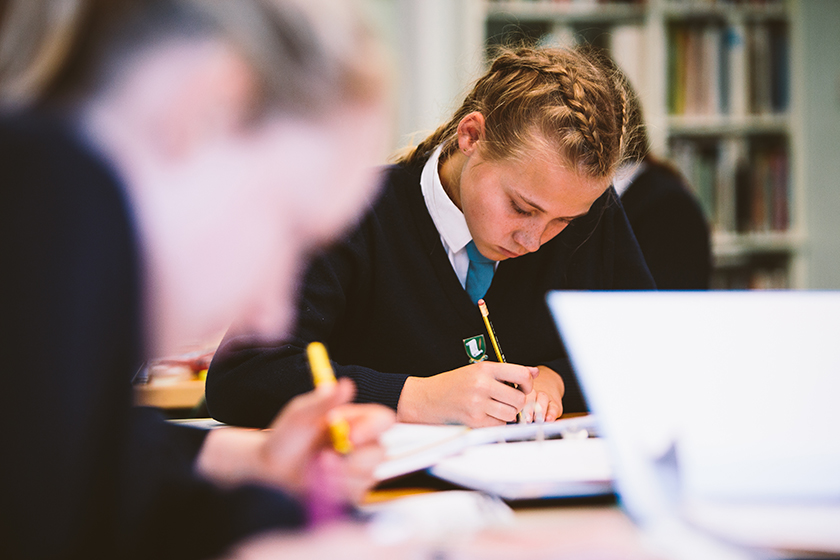
- HOME
- EDUCATION
Is Dyslexia Different for Girls?
The headmistress of Heathfield busts some common myths about dyslexia in girls
By | 7 years ago
Marina Gardiner Legge, headmistress of Heathfield School, explains that an equal number of boys and girls are dyslexic.

For many years, it was thought that boys were more likely than girls to have learning difficulties including dyslexia. However, a 1990 research study by Sally Shaywitz, professor in learning development at the Yale University School of Medicine and the co-director of the Yale Center for Dyslexia and Creativity, suggested otherwise. She proposed that the problem lay in the school’s identification methods and the presentation between boys and girls was much closer to par. More recently, however, a highly respected 2004 study found that dyslexia was two to three times more prevalent in boys than girls, so the jury is still out on a final conclusion.
What is certain is that scientific research supports the view that dyslexia can manifest itself differently in girls and boys. A paper produced in 2013 looked at the differences between the brains of dyslexic girls and non-dyslexic girls and found that they differ in ways that do not reflect the differences observed in males with and without dyslexia.
What is dyslexia?
Dyslexia has always been considered to be an issue with language and words but do not assume that because a girl reads a lot she is not dyslexic.
Approximately one in ten of us has dyslexia and most people know that dyslexia is unrelated to intelligence. Indeed, dyslexics often have very different skills to a non-dyslexic, which often manifest in very strong visual, creative and problem-solving skills. Many famous and successful people, including entrepreneurs, artists, inventors, architects and engineers, are dyslexic.
What isn’t so well known is that dyslexics can conquer difficulties with the written word. As an English teacher I have seen many dyslexic girls become story writers and poets. It’s the support that’s crucial. In fact, I find successful dyslexics to be self-aware and highly resilient people who have worked hard to overcome their difficulties.
Dyslexic support
But teachers need to be vigilant. The first sign of dyslexia is when girls are struggling despite demonstrating a clear ability in specific aspects of the curriculum. This can often manifest itself at the time of change from prep school to secondary, as students sometimes have put in place coping mechanisms that can no longer work with the increased demands of a secondary education. At Heathfield, we ask students to do a non verbal reasoning test and an interview to highlight any disparities between mental or creative ability and skills on paper. It’s one of many strategies we use to identify dyslexics.
There is often a discrepancy between written work and oral abilities, problems with organisation and random spelling of the same words and difficulty with punctuation or grammar. In reading, there may be problems such as a low level of comprehension or difficulty reading aloud. In numeracy, problems with memorising, simple calculations or confusion of simple symbols.
Certain behaviours will reflect some of these problems. For example, time organisation, punctuality, clumsiness and fatigue are affected because of the extra effort required to keep up.
It is important is to act quickly, as continued difficulties can affect a girl’s confidence and self-esteem. Traditionally, smaller schools can cater extremely well for pupils with dyslexia and other learning difficulties because they are able to provide individual tailored support. If your child is dyslexic, make sure you meet the special needs coordinator when you visit a new school and explore the support options in place. By establishing links early on, you and the school together will be able to provide the best support for your child. Nothing is more important than that.



